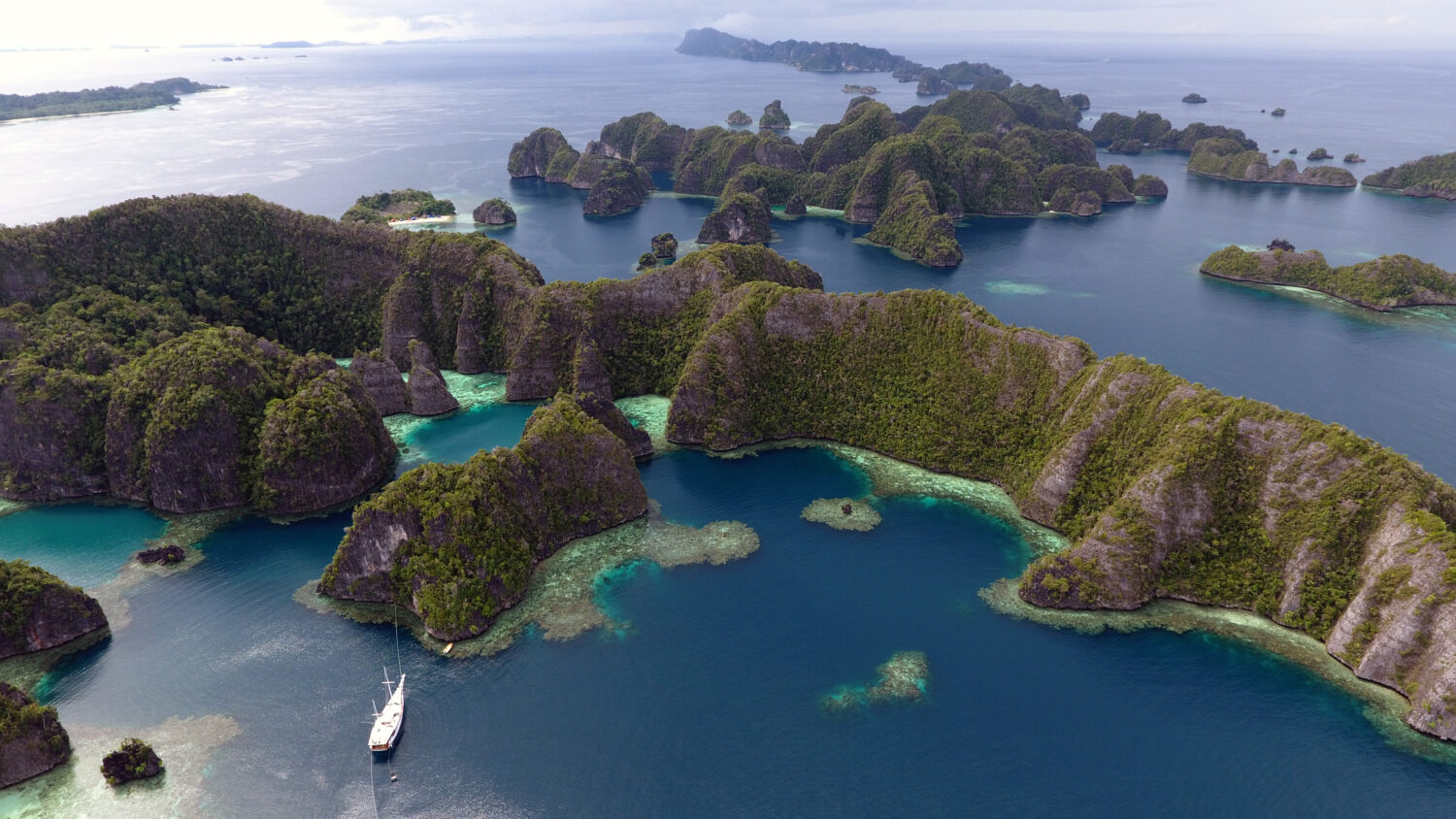Jellyfish Lake
Reaching the jelly fish lake is not super easy, but rewarding. A steep and craggy, but quick, hike will be needed to access to the top of the sharped-rock submit. Going down to the lake also require the visitor’s full attention. This isolated ecosystem has a unique water composition, and provides a protected environment for those special species of jellyfish to emerge. The same biotope can be found in Palau, but also in many places in Indonesia.
Without any predators around, jellyfish evolves into a non-stinging organism. Living in a symbiotic relationship with algae, they are rising at the surface when the sun spread its rays into the plunging lake. For the best pleasure of the visitors they can swim in the middle of thousands of jellyfish.


















